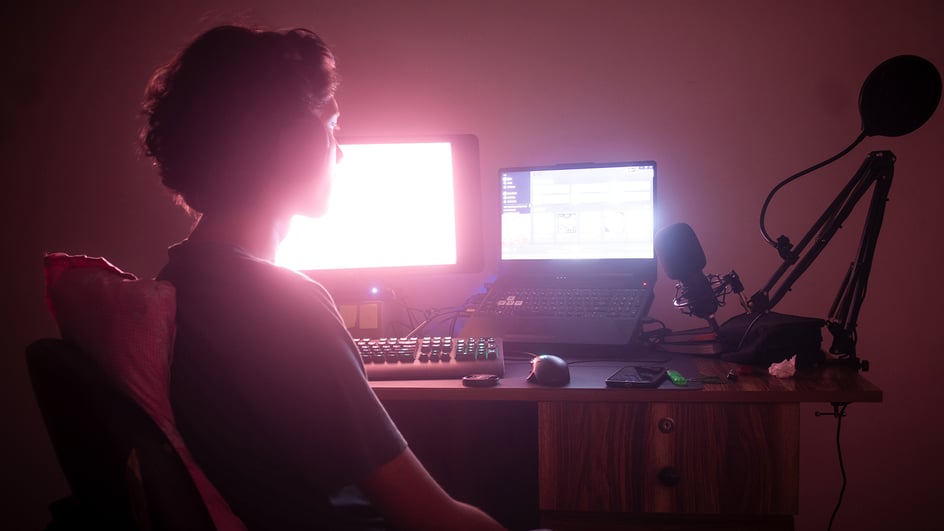
Mar 21, 2023
Music is a critical component of any video; it helps to set the tone and elevate the content. Whether you're creating a YouTube vlog, a short film, or just a fun video for your friends and family, music can help bring your content to life.
However, finding high-quality music that is also legal to use can be challenging, especially on a tight budget. In this article, we'll share some tips for working with free music on YouTube, so you can create engaging videos without breaking the bank.
1. Check for copyright restrictions
Before you use any music in your YouTube videos, it's essential to check for copyright restrictions. Some music may be free to use for personal use, but not for commercial use. If you're making money from your videos on YouTube, it's likely that you'll need to purchase a license for the music you use. Copyright law can be complex, so it's essential to understand what you can and cannot use.
2. Use royalty-free music
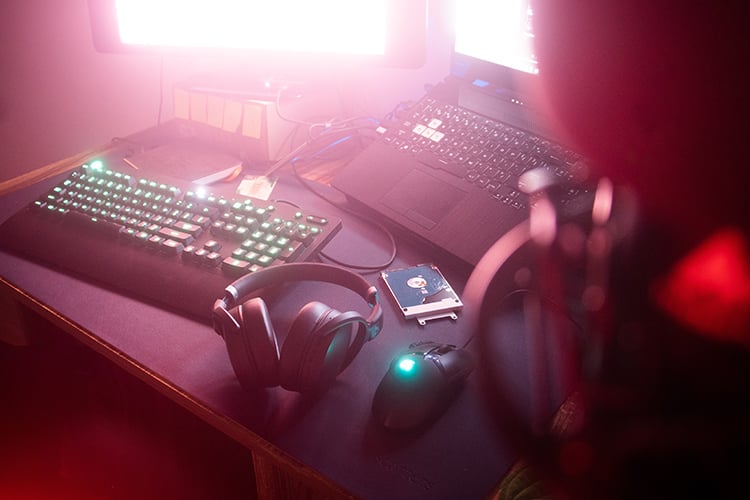
If you want to avoid the hassle of checking for copyright restrictions, consider using royalty-free music. This type of music has been cleared for commercial use, so you can use it without worrying about infringing on someone else's rights. Royalty-free music is a great option if you're just starting out on YouTube and don't have the budget to purchase a license for commercial music.
3. Take advantage of free music resources
There are several free music resources available online, such as the YouTube Audio Library. This library includes a wide range of music that you can use in your videos, as long as you give proper credit.
4. Read the fine print
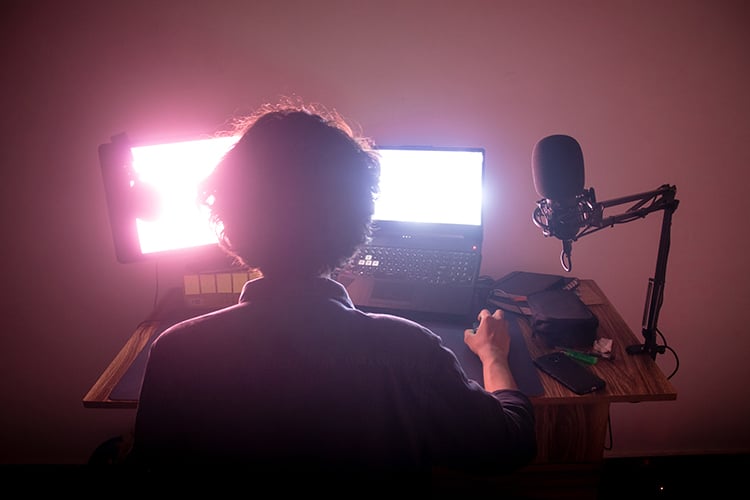
Before you use any music, make sure you read the terms and conditions. Some free music resources may have restrictions on how you can use the music, such as not allowing for individual monetization of YouTube videos.
Make sure you understand the restrictions before you use any music, so you don't run into any legal issues down the road.
5. Give proper credit
It’s important to give proper credit to the artist or composer when using their music on YouTube. This can usually be done by including a link to their website or social media page in the video description. Giving proper credit helps support the artist and demonstrates your respect for their work.
For YouTube in particular, there’s actually a whole method for clearing your content directly with YouTube. And the easiest way to make sure your content claims are cleared automatically is to list your personal YouTube channels on your Soundstripe account.
However, if you do forget to include a code, or if you uploaded a video before you listed your channel and you do receive a content claim, no worries. Soundstripe has you covered too as you can clear individual YouTube videos from content claims with any Soundstripe music plan by simply submitting the URL to your video here.
For more info overall on how to clear content claims and keep your videos safe, check out this full article here.
6. Look for High-Quality Free Music
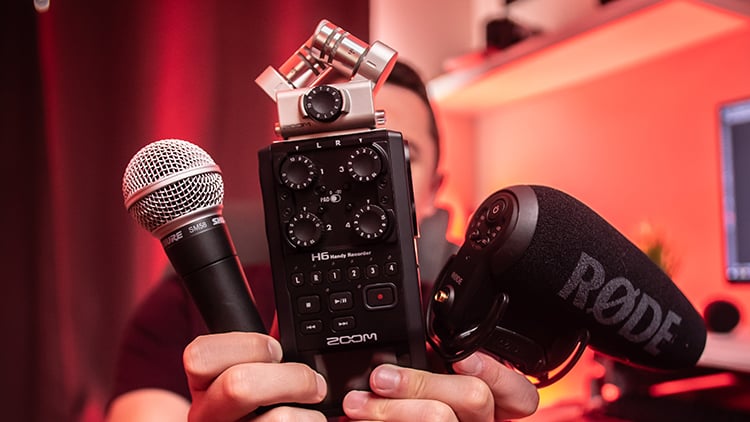
When looking for free music to use on YouTube, it’s important to look for high-quality tracks that match the tone and style of your video. Poor-quality music can detract from the overall quality of your video and may not provide the desired impact.
Look for tracks that have good production values, are well-mixed, and have a clear and dynamic sound. You can often find high-quality free music by searching online or by visiting music libraries that specialize in providing music for content creators.
7. Know the Limitations
It’s important to understand the limitations of using free music on YouTube. Free music tracks may have restrictions on usage, such as only being able to use them for non-commercial projects or having to attribute the original artist.
In addition, some free music may have limited rights, meaning that you won’t be able to use it in all countries or regions. To ensure that your video is in compliance, always check the licensing agreement and the terms of use for each piece of free music that you use.
8. Get Creative
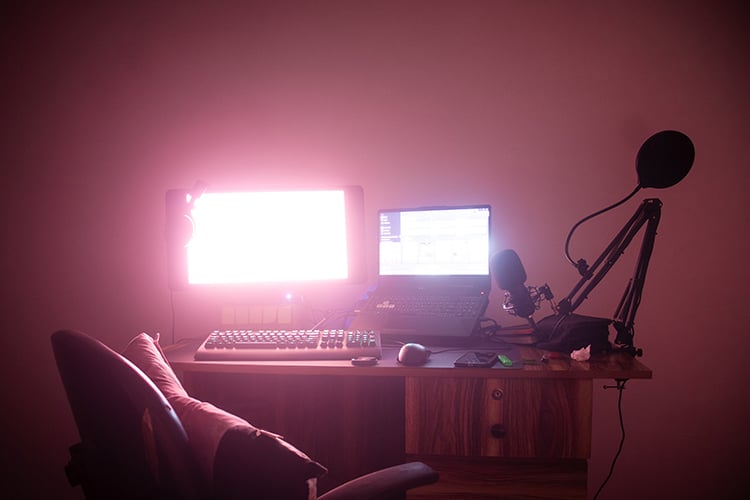
Using free music on YouTube doesn’t have to mean sacrificing creativity or quality. In fact, some of the most innovative and impactful videos on YouTube have been created using free music. To make your video stand out, consider pairing your music with visuals that are eye-catching, creative and engaging.
9. Consider a Music Licensing Service
If you’re looking for a more comprehensive solution for licensing music for your YouTube videos, consider using a music licensing service such as Soundstripe.
For those who need more comprehensive coverage, Soundstripe also offers a range of paid plans that provide access to a wider range of music and sound effects, along with more flexible licensing options. These plans allow content creators to monetize their videos and use the music for commercial purposes.
Wrapping things up
In conclusion, working with free music on YouTube can be a great way to add a soundtrack to your videos, but it’s important to be aware of the limitations and restrictions. To ensure that your videos are in compliance, it’s best to always check the licensing agreement and terms of use for each piece of free music that you use.
And remember, if you need a more comprehensive solution for licensing music for your YouTube videos, consider using a music licensing service like Soundstripe. With its range of paid plans, Soundstripe offers flexible and affordable options for content creators of all levels.